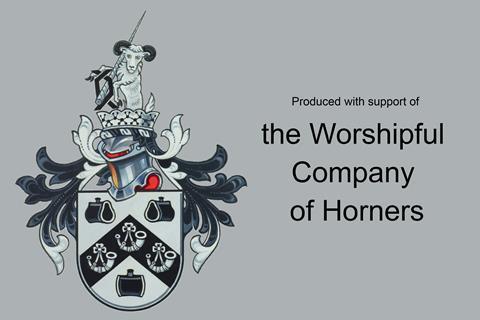Provide learners with context when teaching life cycle assessments and the disposal of plastics
This resource accompanies the article The science behind sustainable home insulation in Education in Chemistry which looks into the advantages and disadvantages of using plastics in our homes.
Learning objectives
-
Reinforce your knowledge and understanding of recycling plastics and life cycle assessments.
-
Practise your evaluation and extended writing skills.
-
Practise your maths skills in the context of scientific problems.
The questions at the end of the resource require written answers that give learners, and yourself, the opportunity to assess progress with the above learning objectives.
Introduction
Learners can find open-ended questions that require evaluation particularly challenging. This activity allows learners to practise this skill in the context of life cycle assessments for different ways of disposing of plastics. The activity also gives learners more experience of writing extended-response answers and solving context-based mathematical questions.
How to use this resource
This activity would ideally be part of, or follow, your teaching of polymer disposal and life cycle assessment. The background information sheet and data sheet provide all the essential information for the activity.
More resources
- Use the differentiated and editable organic chemistry worksheets on addition and condensation polymerisation to assess your 14–16 year-old learners’ knowledge in an applied context.
- Watch Celine’s video job profile with your class. She is an analytical technician who develops ways to alter the structure of plastics so they become biodegradable in the natural environment.
- Challenge learners to create products from recycled plastic objects with the resource from What a waste!
- Link your lessons on environmental impacts using the life cycle assessment of period products resource, which also includes a starter and blind-box thinking activity.
Consider the skill level and support needs of your class before deciding how to present the resource. It is divided into two parts, each containing an evaluation question. Do not ask learners to move on to part 2 until they have had some kind of feedback on their attempt at part 1. You can live mark an answer using a visualiser or learners can peer assess using examples of level 1, 2 and 3 responses. Learners who are ready for a greater challenge can attempt the whole activity independently in a less structured way.
Learners who need more support with maths skills can complete the calculations for incineration in question 1 as a worked example before they try the calculations for recycling. Similarly, you can model an approach to the evaluation in question 2 before learners try question 4.
Question 5 asks learners to reflect on their own attitude to recycling and whether their evaluation affected it. Ask learners about their behaviours at the start of the lesson so they can compare.

Downloads
Recycling plastics evaluation student sheet
Editable handout | Word, Size 5.86 mbRecycling plastics evaluation student sheet
Handout | PDF, Size 0.5 mbRecycling plastics evaluation teacher notes
Editable handout | Word, Size 5.23 mbRecycling plastics evaluation teacher notes
Handout | PDF, Size 0.33 mb



















No comments yet